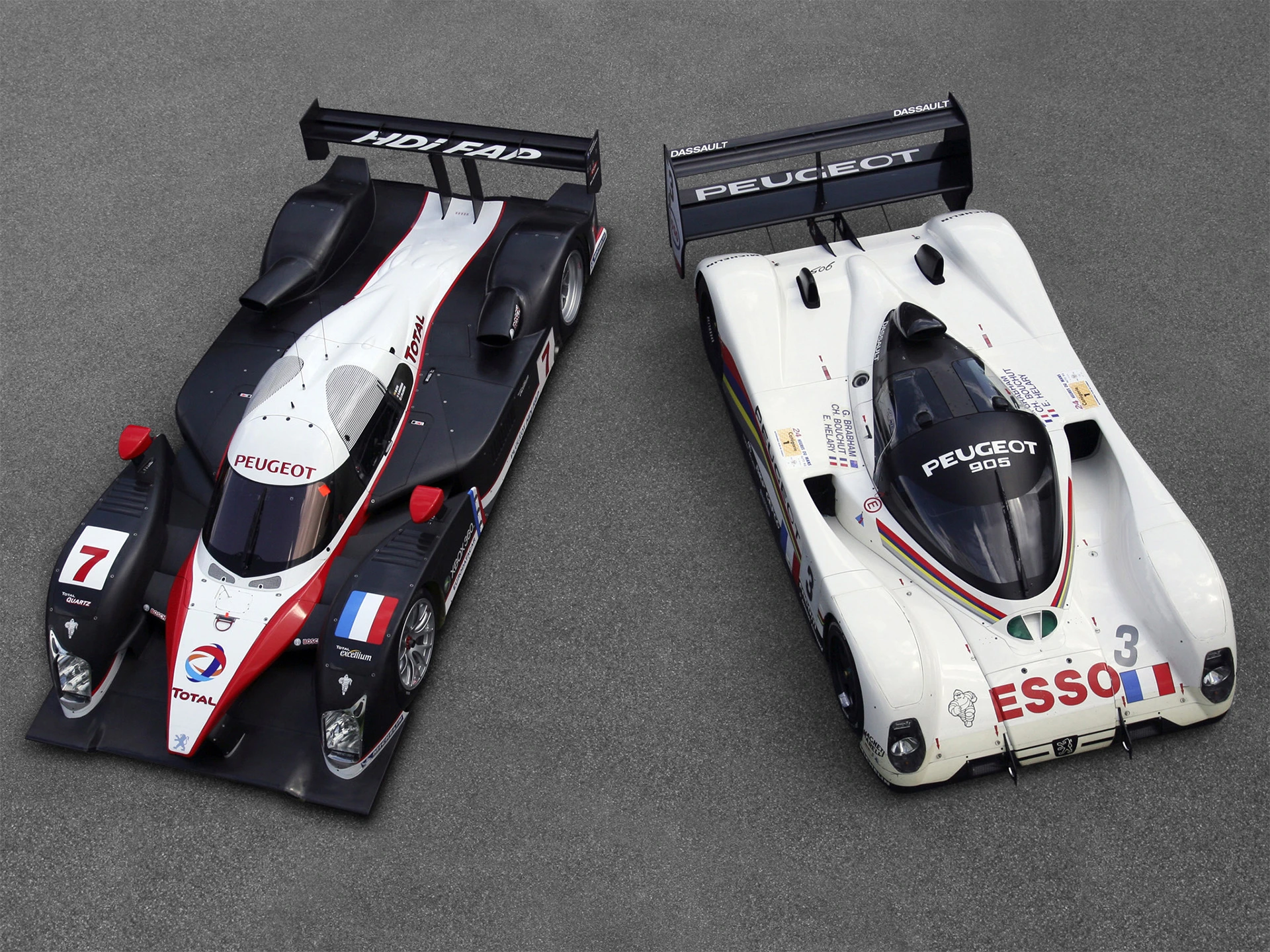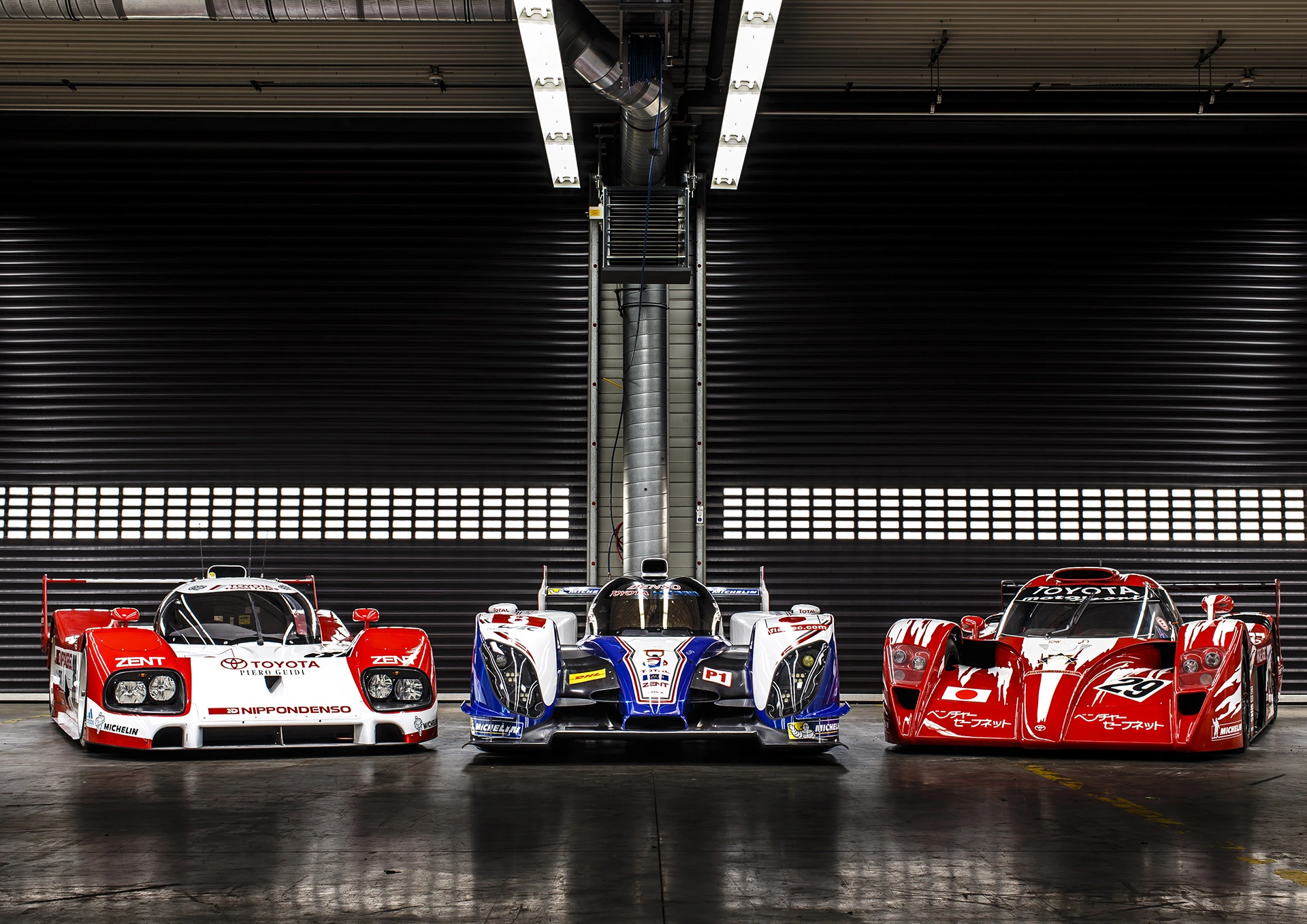Le Mans Yesterday and Today: Peugeot
05 October 2024 6 min read 4 images

Photo credit: 24 Hours of Le Mans, Peugeot, Wheelsage
Today, we reach the ninth spot on the list of the most successful manufacturers in the 24 Hours of Le Mans, occupied by Peugeot, with three overall victories achieved in 1992, 1993, and 2009.
Register to unlock this article
Signing up is free and gives you access to hundreds of articles and additional benefits. See what’s included in your free membership. See what's included in your free membership.
Already have an account? Log In


